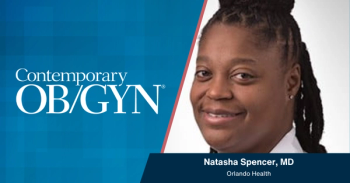
Timing matters when inducing labor, researchers find
They separated laboring women into "morning" and "afternoon" groups.
German researchers recently performed a
The study included 415 women with an unfavorable cervix undergoing labor induction at term. Labor was induced with a double-balloon catheter and the sequential use of oral misoprostol if necessary.
The balloon catheter was placed in the “morning” group between 2 am and 3 pm and in the “evening” group between 3 pm and 2 am. The primary outcome measure was the cesarean delivery rate. Secondary outcome measures included failed labor induction (no vaginal delivery within 72 hours).
The researchers found that the cesarean delivery rate did not differ between the groups (morning 26.9%, evening 24.3%; P = 0.5553); however, more women in the morning group did not deliver within 72 hours (8.8% vs 3.1%; P = 0.0138). In nulliparous women, labor induction failed more often in the morning group (12% vs 4%, P = 0.043). In parous women, the induction-to-delivery interval was longer in the morning group (1756 vs 1349 min; P = 0.046), and there were fewer deliveries within 24 hours (35% vs 56%, P = 0.016).
The team concluded that when sequential use of a double-balloon catheter and oral misoprostol for labor induction is planned, the preferable time for catheter placement is in the evening, because this timing resulted in fewer failed inductions in nulliparous women and a shorter induction-to-delivery interval and more deliveries within 24 hours in parous women.
Kehl S, Böhm L, Weiss C, et al. Timing of sequential use of double-balloon catheter and oral misoprostol for induction of labor. J Obstet Gynaecol Res. 2016;42(11):1495–1501.
Newsletter
Get the latest clinical updates, case studies, and expert commentary in obstetric and gynecologic care. Sign up now to stay informed.
















